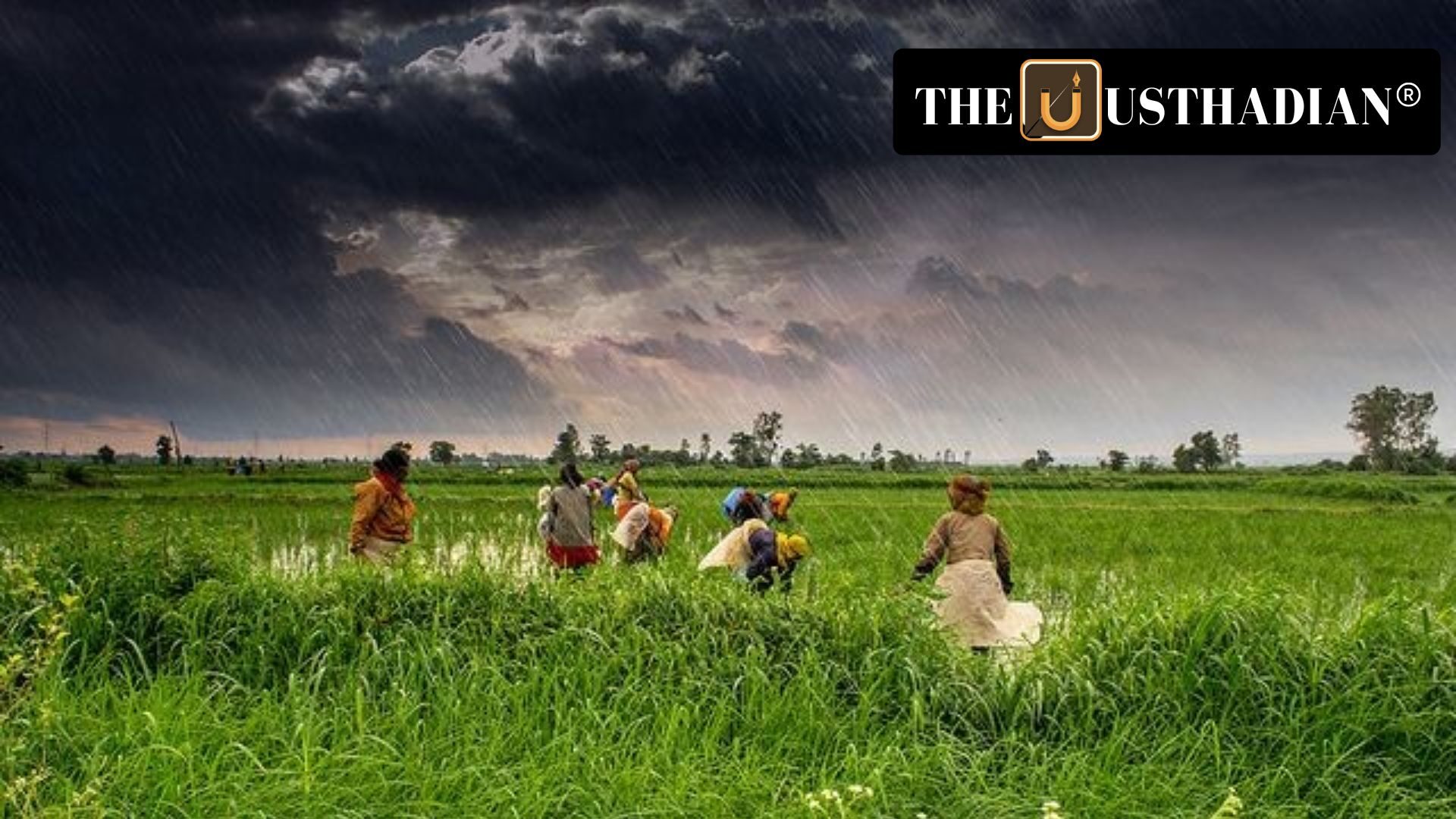Healing the Drylands, One Village at a Time
WDC-PMKSY: A Silent Revolution in India’s Rainfed Farming : In India’s villages, where rain is the only source of water, farming often feels like a gamble. Erratic monsoons, degraded soil, and water scarcity have made survival difficult. But now, a quiet transformation is underway. The Watershed Development Component of the Pradhan Mantri Krishi Sinchayee Yojana (WDC-PMKSY) is giving new life to these dry zones, turning barren fields into green patches of hope.
This scheme, run by the Ministry of Rural Development, focuses on improving land and water conditions in the most neglected rural areas. It helps farmers store rainwater, stop erosion, and restore fertility—making agriculture profitable again.
What the Scheme Actually Does
The WDC-PMKSY programme is more than a water project—it’s a complete support system for dryland farming. It includes check dams, farm ponds, ridge treatment to reduce erosion, and rainwater harvesting systems. In Rajasthan, a once-dry village now has rising groundwater levels thanks to a small check dam. Crops that failed every year now grow steadily, thanks to the conserved soil and water.
There’s more—livelihood support for poor families, planting of native trees, and fodder development for cattle are also part of the plan. The result? Better land, more water, and stable income.
What’s New in 2025?
In 2025, the government took a major step. The Department of Land Resources (DoLR) approved ₹700 crore for 56 new watershed projects. These will cover 2.8 lakh hectares across ten states including Tamil Nadu, Rajasthan, and Assam. Each project targets about 5,000 hectares, though smaller sizes are allowed in hilly regions.
Hill states like Himachal Pradesh and Uttarakhand have their own models—terrace farming, slope stabilization, and rainwater storage suited for steep lands. These customised methods make sure the benefits reach even the toughest terrains.
Why It Matters for India’s Future
About half of India’s farmland is rainfed, meaning no assured irrigation. That makes this scheme crucial—not just for farmers’ income but for food security and climate resilience. With activities like reforestation and soil conservation, WDC-PMKSY helps reduce carbon emissions and prepares villages for climate shocks.
Monitoring isn’t left behind. The scheme uses GIS, satellite data, and local panchayat support to track progress. In Karnataka, past projects have already shown improved water tables and reduced migration.
India has also committed to land degradation neutrality under UN goals, and WDC-PMKSY plays a central role in meeting that target.
STATIC GK SNAPSHOT FOR COMPETITIVE EXAMS
| Topic | Detail |
| Full Form of WDC-PMKSY | Watershed Development Component of Pradhan Mantri Krishi Sinchayee Yojana |
| Launched By | Ministry of Rural Development (MoRD) |
| Implementation Agency | Department of Land Resources (DoLR) |
| 2025 Budget Allocation | ₹700 crore |
| New Projects Approved | 56 Projects across 10 Indian States |
| Project Area Coverage | 2.8 lakh hectares |
| Activities Included | Soil conservation, rainwater harvesting, pasture development |
| Goal | Improve farmer income, climate resilience, and reverse land degradation |
| Focus on Hill States | Terrace farming, landslide prevention, slope water management |








